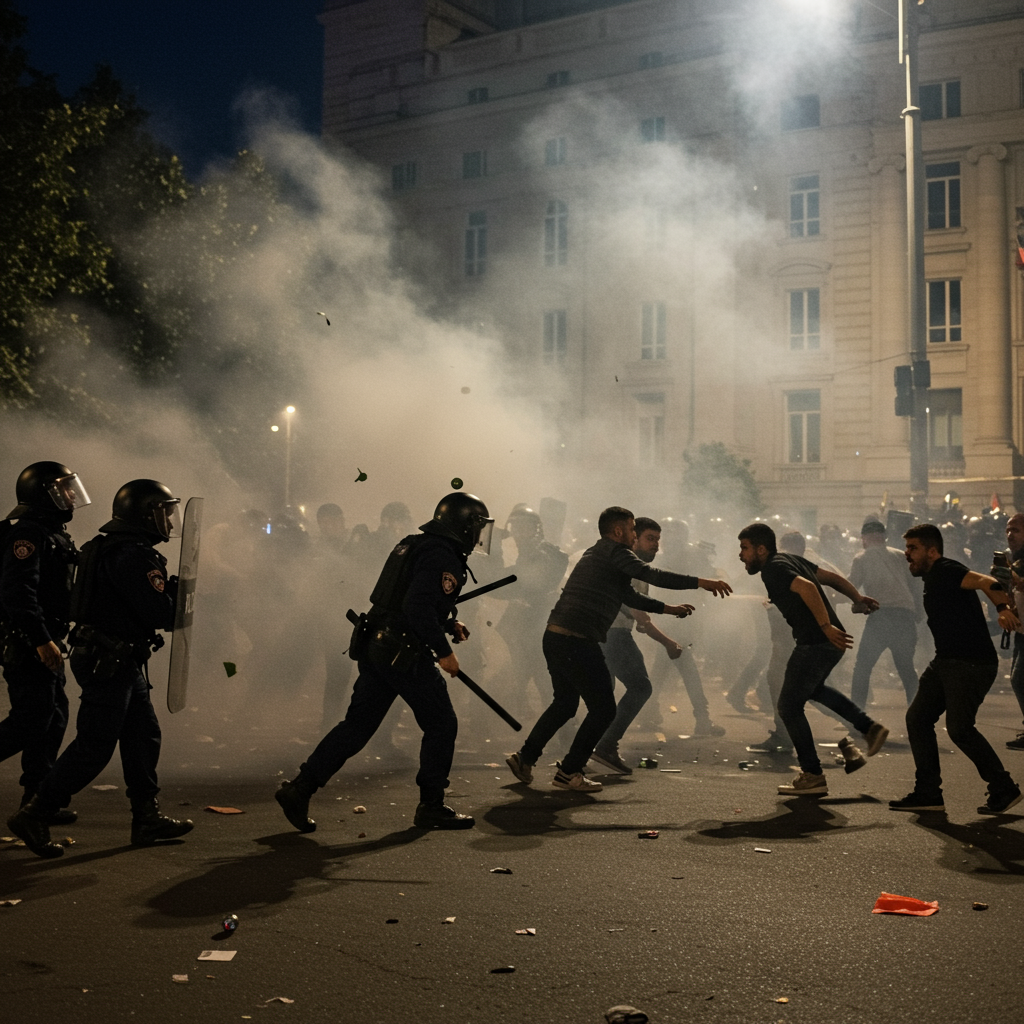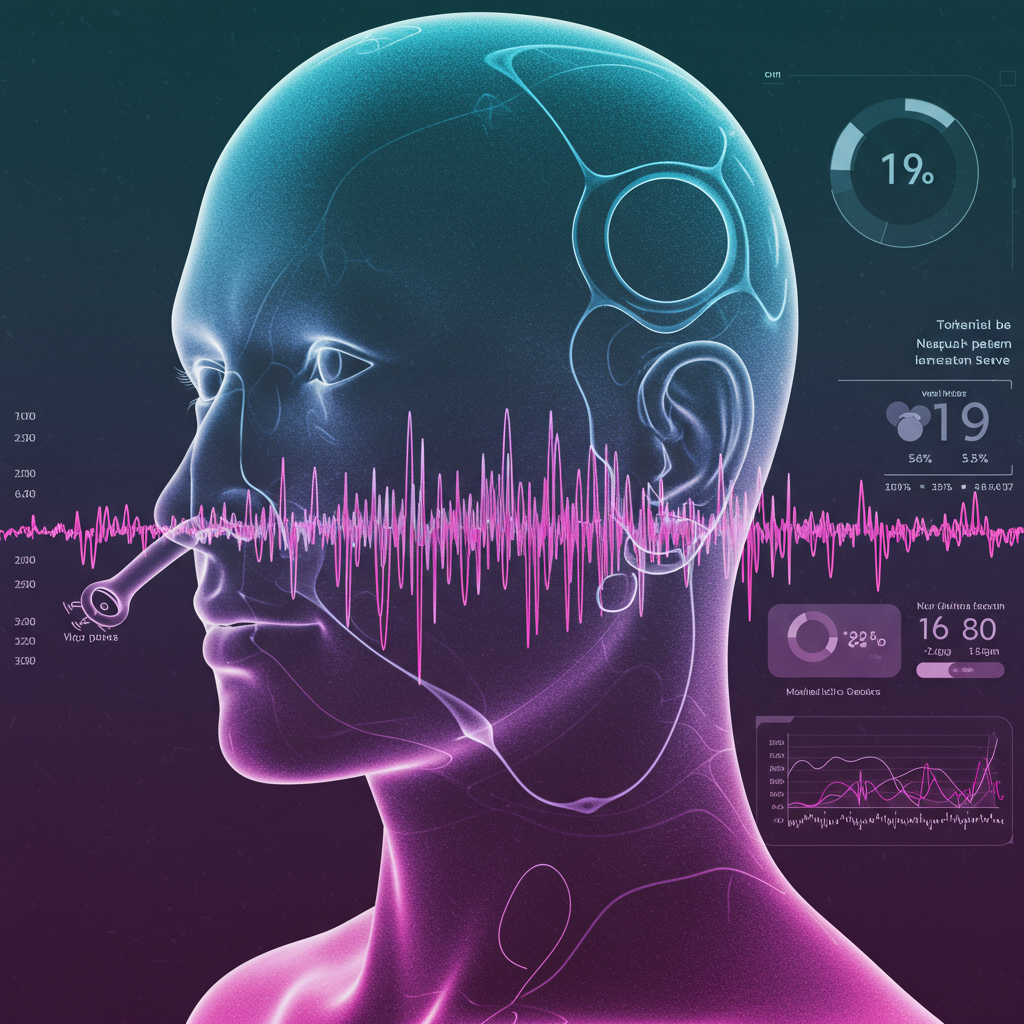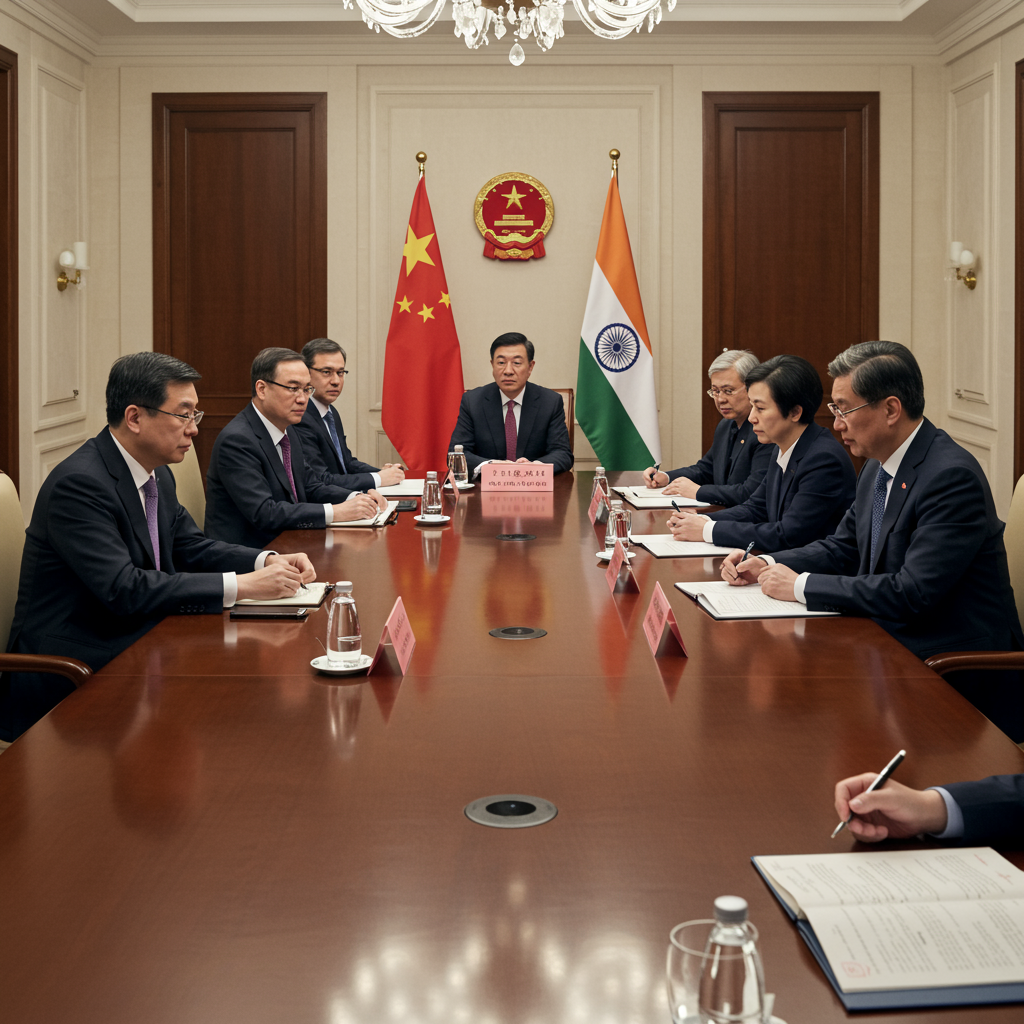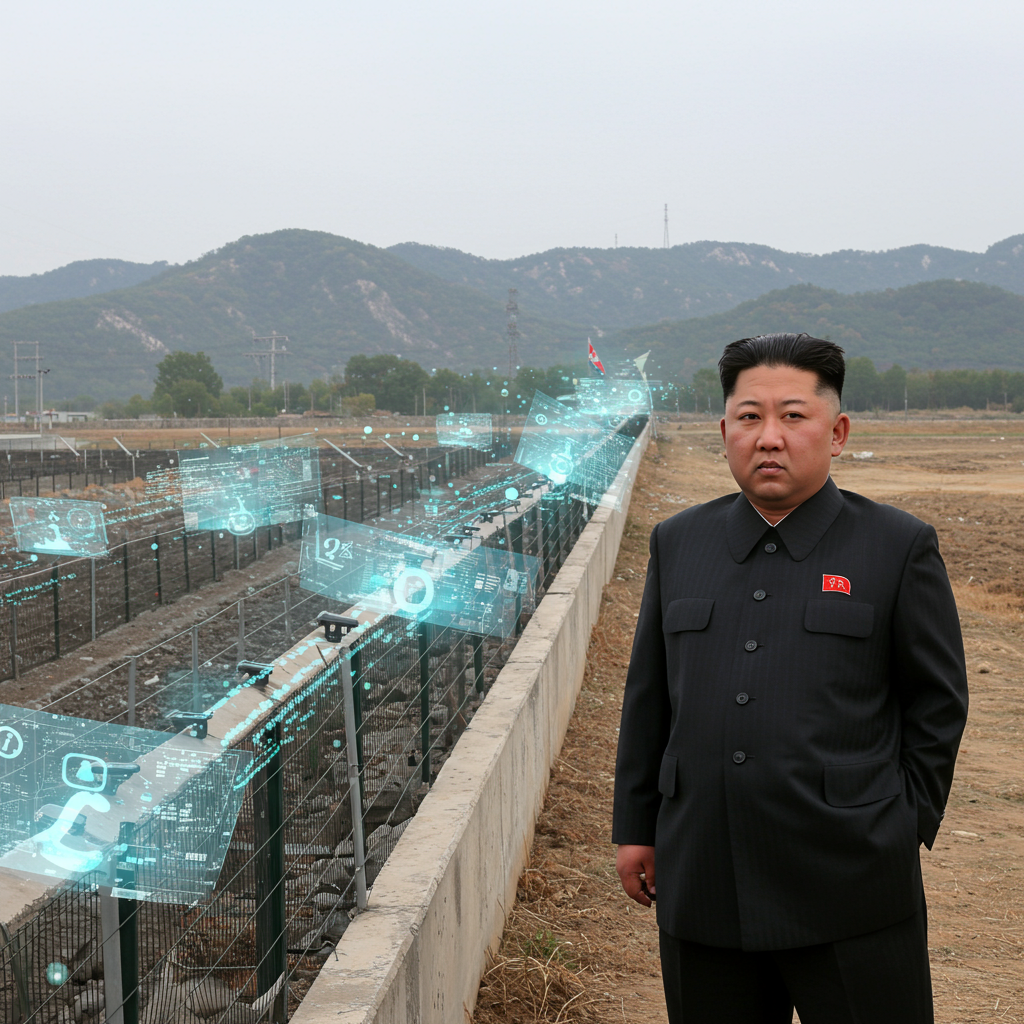Anti-government protests in Serbia escalated sharply on Saturday, June 28, 2025, as police in Belgrade clashed with a large crowd demanding early parliamentary elections and an end to President Aleksandar Vucic’s extensive time in power. The confrontation saw riot police deploy tear gas and stun grenades against demonstrators near key government buildings and parliament, resulting in dozens of arrests and injuries on both sides. This intense stand-off underscores the deep political tensions brewing in Serbia, fueled by accusations of corruption and a persistent demand for democratic change.
Escalation on Belgrade Streets
The atmosphere in the Serbian capital turned volatile late Saturday after a massive demonstration, described as one of the largest in recent months. Estimates for the crowd size varied significantly, with police reporting around 36,000 participants at the start, while independent monitors put the total turnout closer to 140,000 people filling central areas like Slavija Square. Initially peaceful, the protest intensified as some participants moved towards areas near the parliament and Pionirski Park, where supporters of President Vucic reportedly maintained a counter-protest encampment.
Riot police, heavily deployed in the area, used force to disperse crowds attempting to approach sensitive locations or confront the counter-demonstrators. Reports indicate police utilized tear gas, stun grenades, and pepper spray. protesters, some equipped with goggles and masks, responded by throwing flares, bottles, and other projectiles. The police director confirmed the detention of several dozen protesters and reported six police officers were injured during the skirmishes, which reportedly continued for several hours across the city center.
Anatomy of the Clashes
The specific locations of the clashes highlight the proximity to state power centers. As the main rally concluded, pockets of confrontation erupted near government buildings and the national parliament. This geographic focus suggests protesters aimed to directly confront the authorities and their symbols of power. The deployment of riot gear and crowd dispersal tactics by police indicates a prepared response to potential unrest, mirroring heightened tensions seen in previous Serbian demonstrations.
The differing accounts of crowd size underscore the polarized political climate, where even basic facts like attendance figures become points of contention between authorities and opposition-aligned groups. The sheer scale reported by independent monitors, if accurate, would signal a significant resurgence of anti-government sentiment following months of sustained but sometimes smaller-scale protests.
Roots of Persistent Discontent
The Saturday clashes are not isolated incidents but the latest peak in a wave of anti-government protests that have rattled Serbia for nearly eight months. The movement, heavily influenced and often led by university students, gained significant momentum following a tragic event in November 2024. The collapse of the roof at the newly renovated Novi Sad railway station killed 16 people. Protesters widely blame this disaster on systemic corruption and negligence within state infrastructure projects.
Beyond this immediate trigger, the protesters’ grievances are broad and deep-seated. They accuse President Vucic and his ruling Serbian Progressive Party (SNS) of consolidating power, eroding democratic freedoms, stifling independent media, and having ties to organized crime and corruption. These accusations, though denied by the government, form the core of the opposition’s narrative and fuel the widespread calls for change.
Grievances Fueling the Movement
The protesters’ demands extend beyond the immediate resignation of President Vucic to a fundamental shift in the political system. They specifically call for snap parliamentary elections, viewing them as the only legitimate way to address the perceived crisis. An ultimatum demanding early elections was reportedly delivered to the government during the demonstration, but it has been consistently rejected by Vucic and the ruling SNS, who hold a substantial majority (156 out of 250 seats) and prefer elections to remain scheduled for 2027.
The student-led nature of the current wave of protests is notable. Students have been at the forefront, organizing rallies, occupying universities for months, and articulating the demands for democratic renewal. Their emergence as a driving force suggests a younger generation is becoming increasingly frustrated with the political status quo and the perceived lack of opportunity and justice.
Political Reactions and Accusations
In response to the protests and the subsequent clashes, President Aleksandar Vucic adopted a defiant stance. Writing on Instagram, he accused the protesters calling for elections of being part of a “foreign plot” attempting to “usurp” or “topple” Serbia. He declared, “They wanted to topple Serbia, and they have failed,” and later added, “Serbia always wins in the end.”
The government’s reaction extended beyond rhetoric. In the days leading up to the Saturday demonstration, authorities conducted a pre-protest crackdown. This included the arrest and detention of more than a dozen people. Notably, five individuals were remanded by Belgrade’s Higher Court on Friday, accused of plotting to overthrow the government. Following the clashes, the police minister strongly condemned the violence attributed to protesters and pledged arrests for those deemed responsible.
Government Counter-Mobilization and Narrative
Adding another layer to the complex political landscape, the ruling SNS party organized its own counter-mobilization hours before the anti-government rally. Thousands of Vucic supporters were reportedly bused into Belgrade from various parts of the country. Some wore supportive clothing, signaling solidarity with the president. This counter-demonstration near parliament created a tense atmosphere, particularly around Pionirski Park, contributing to the potential for conflict.
President Vucic has consistently dismissed the protesters, labeling them negatively. While not explicitly detailed in all reports, some accounts mention him referring to them as “thugs” or even “terrorists,” particularly the student organizers. He also maintains the protests are fueled by “foreign influence,” although specific evidence supporting these claims is frequently questioned by critics and reporting indicates such evidence is often not publicly provided.
International Context and Future Outlook
Serbia’s political situation is further complicated by its foreign policy balancing act. While officially a candidate for European Union membership, the government under President Vucic has maintained close ties with Russia and China. Serbia has notably refused to join the Western sanctions regime imposed on Moscow following its invasion of Ukraine. This dual path is often criticized by opponents who argue it hinders genuine democratic reform and alignment with EU values.
The scale of the Saturday protest, despite prior demonstrations sometimes seeing smaller turnouts and facing persistent government pressure, indicates that the core discontent remains significant. The protesters’ resolve appears strong, particularly among the student body, who feel they are close to achieving their goals and that Vucic’s position may be weakening despite his public defiance.
The government’s continued refusal to hold early elections and its characterization of the movement as a foreign plot suggest that the stand-off is far from over. The organizers, in a statement after the rally, placed responsibility for any “radicalization of the situation” squarely on the authorities, arguing the government chose “violence and repression against the people” instead of meeting demands. This exchange of accusations indicates a potentially prolonged period of political instability and confrontation on Serbia’s streets.
Frequently Asked Questions
Why are people protesting in Serbia?
People are protesting in Serbia due to a range of grievances against President Aleksandar Vucic and his government. A significant trigger for the latest wave of protests was the deadly Novi Sad railway station roof collapse in November 2024, widely blamed on corruption. Broader reasons include accusations of widespread government corruption, ties to organized crime, suppression of media freedom, and the government’s alleged drift towards authoritarianism.
What happened during the recent Belgrade protest clashes?
During a large anti-government protest in Belgrade on June 28, 2025, police clashed with demonstrators demanding early elections. Riot police used tear gas, stun grenades, and pepper spray to disperse crowds near government buildings and parliament, especially as some protesters moved towards an area with government supporters. Protesters threw objects at police. Dozens of protesters were detained, and six police officers were injured.
What do the protesters want and how has President Vucic responded?
The main demand of the protesters is for snap parliamentary elections and an end to President Aleksandar Vucic’s rule. They delivered an ultimatum for early elections during the demonstration. President Vucic has consistently rejected calls for early elections, which are currently scheduled for 2027. He has publicly accused the protesters of being part of a “foreign plot” and planning violence, labeling some as “thugs” or “terrorists.”
Conclusion
The violent clashes in Belgrade on June 28, 2025, mark a critical point in the ongoing political crisis in Serbia. As anti-government protesters, largely led by students, continue to demand early elections and accountability for corruption and perceived authoritarianism, the government under President Vucic maintains a firm stance, rejecting demands and accusing the movement of foreign interference. With neither side showing willingness to back down and core grievances remaining unaddressed, the potential for further escalation and instability in Serbia’s political future remains high.




